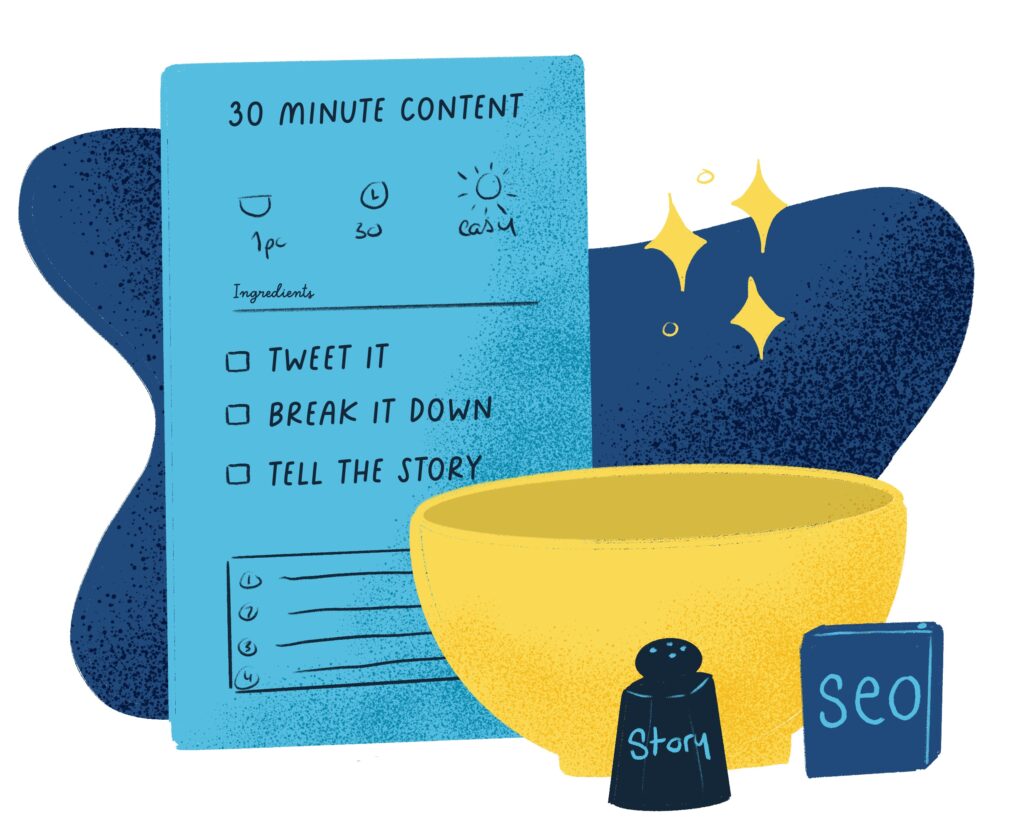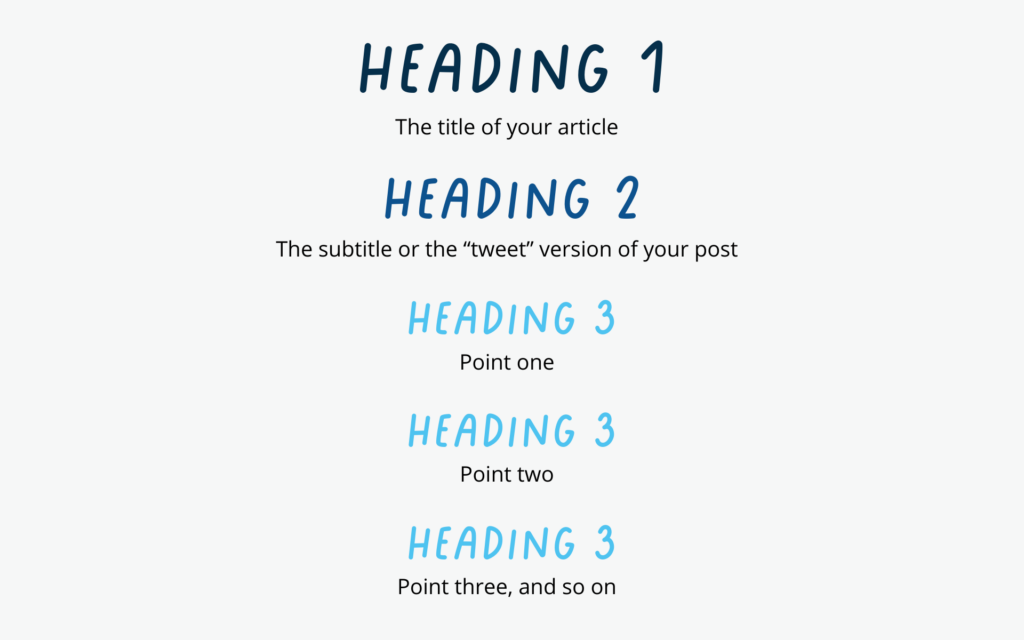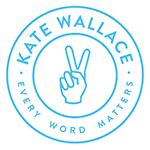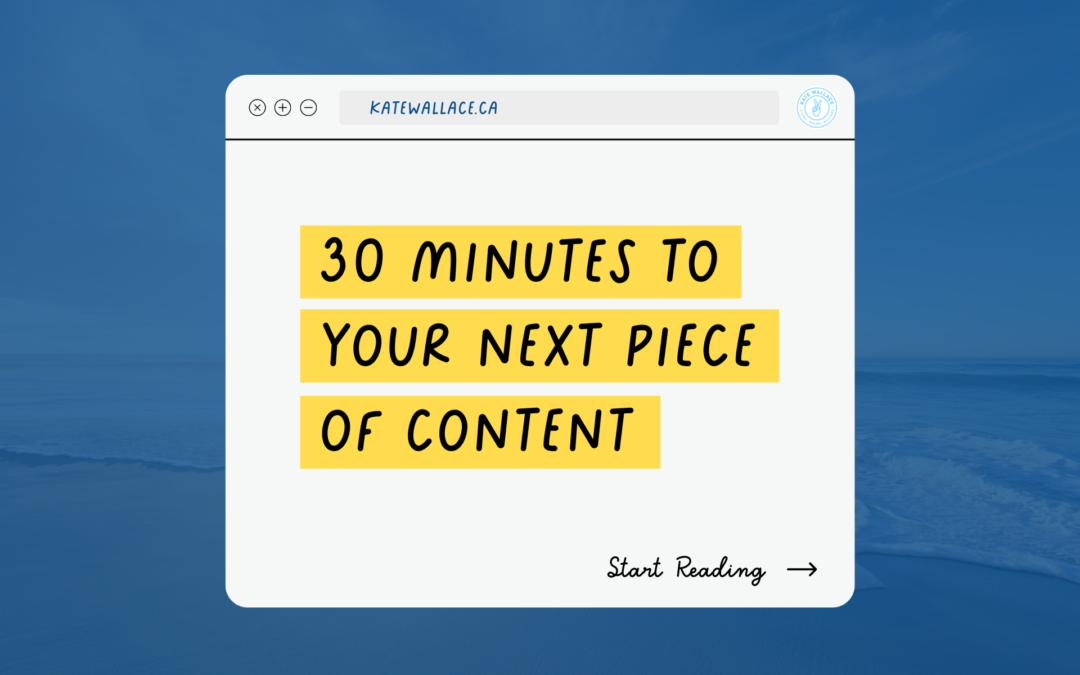The fear. The dread. The intense desire to take a nap. Yep, the blank page can induce some pretty difficult feelings.
It doesn’t matter if you’re writing memoirs, a manifesto or a blog post. The difficulty of sitting down to draft anything is the same. Writing a blog entry? A long-form Instagram post? A compelling Kijiji listing? You may be trapped and floating through your blank Google doc, never to be seen again!
Unfortunately, there isn’t a magic wand we can swish to do the writing for us. But thankfully, over many years of writing hundreds (if not thousands?) of stories, pieces of content, scripts, blogs, posts and articles, I realized I’d organically made a simple little template to get me unstuck, no matter the topic or task.
This may not be perfect advice if you’re trying to write your magnum opus, but it can help you get that 300-500-word piece of internet content or business writing done in a half-hour or less.
Yes, you read that correctly! You really can get your first draft on the page in under 30 minutes. Read on for my secret recipe…

1. Tweet it.
Starting the writing process by boiling my idea down to the length of a single tweet (280 characters) helps me narrow in and focus my thoughts. It’s also a great resource to return to once I start digging into the writing. This little mission statement helps to ensure I’m not going off on an unnecessary tangent and keeps the train of thought moving along smoothly.
If you can articulate the heart of the piece right away, everything else tends to come easier.
If you’re not sure how to be that brief, ask yourself what’s the most important takeaway for your audience? If you can’t boil it down to 280 characters, maybe you have more than one piece of content on your hands. Could you turn it into a series of posts?
2. Break it down.
When I started learning about best SEO practices and discovered how helpful headers are for making content searchable, I found it to also made the perfect little template for when I started to write my blog pieces. They say the best way to format a blog is as follows:

There can be as many Heading Threes as you like, but remember that most people’s attention spans are about as long as a goldfish which is why I try to keep it between three and four.
Once you have your main headers, bullet out the points you want to make under each Heading Three.
The best way to bullet out thoughts is by asking yourself the following questions:
- Will each of the points flow nicely into the next?
- Do you cover the Five W’s (Who, What, When, Where, Why)?
- Are you answering the foundational questions? If someone had never read anything on the topic before, would they be able to look at these bullet points and get the gist?
- Will these points cover everything you want to say?
- Is there anything redundant? Are you repeating yourself at all?
- Are your points ordered from most important to least important? Don’t bury the gold!
Once you have your initial skeleton, give it a quick review to make sure you will cover everything you need to. Now let’s spice it up…
3. Tell the story.
Now you can start to turn each section of bullet points into paragraphs – easier said than done, I know.
It’s important to remember that there’s no need to create a long, winding, complicated build-up to your point. Focus on being succinct and sincere. When possible, add story elements, such as dialogue, scene-setting, plot and tension, to make your piece more engaging and relatable. I once wrote a fun essay for an online publication about how making sourdough bread was like writing. I was astounded at my response to a piece that I didn’t honestly think would get much attention. I think it was the telling details, the specificity, and the way my voice came that connected.
If you’re hoping to have people engage with your content (share, comment, reply, etc.), adding a pinch of irresistibility never hurts. Something evocative and provocative. Something infuriating, unusual, or contrarian. This doesn’t mean stating something outlandish and untrue (there’s more than enough of that on the internet already). But if you have an opinion that you’re worried about sharing because you think it might be polarizing to your audience, I recommend taking the plunge and sharing it. The odds of you losing followers is small, but the engagement you may get from it could be monumental.
A great example of a gently polarizing approach is the great Raven Smith, a British writer who regularly writes op-eds for American Vogue. He can take a simple topic like break-ups and turn them into laugh-out-loud, cry into a pillow, thought-provoking pieces that may change your perspective on your own life.
In conclusion…
Like a ninth-grade book report, you need to write a conclusion for your piece.
This could be a multitude of things – it could be a hard sell, a call to action to buy your product or enroll in your course, or it could be more reflective–a softer approach. The most important thing to consider when ending a piece of writing is what you want people to do now? Do you want them to read more of your work? Follow you on Instagram? Whatever it is, just ask them!
Now that you’ve got your quick and dirty 30-minute first draft done, it’s time to run spell-check (have you tried Grammarly?), print out a hard copy (if that’s your style), give it an edit (add, remove, move things around until it feels just right), and there you have it!
You did the nearly impossible. You created something from nothing. You took a glint of an idea and made it into something of substance in no time flat. That’s an exceptional accomplishment!
The final step is simply to be proud of yourself and the hard work you just put into your writing- because there may be nothing harder than sitting down and writing something. Anything.


